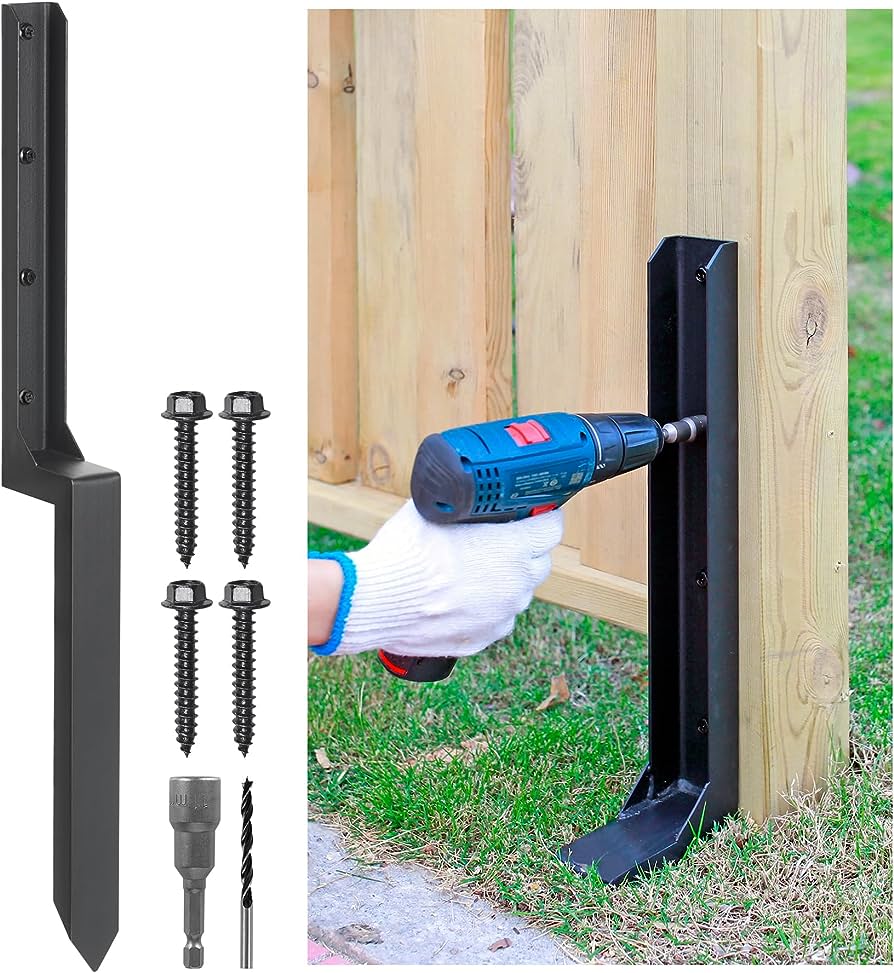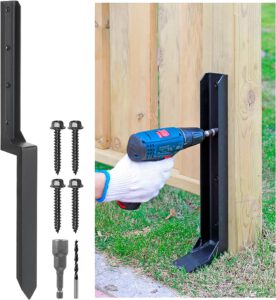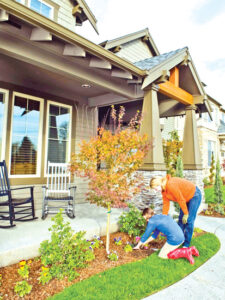Solar panels convert sunlight into electricity, saving you money on energy costs and reducing your carbon footprint. They’re also long-lasting, making them a great investment for your home or business. For professional help, contact Rooftop Solar Company.

When sunlight hits a solar panel, it knocks electrons loose from the silicon in the cells. These electrons then flow through conductors on the positive and negative sides of a solar panel to create an electric current.
As sunlight strikes a PV cell, electrons become energised and create electricity. They travel through the cell and out of the junction to connect wires which carry the electrical current to a solar inverter, which converts the direct current into alternating current (AC) electricity for household appliances.
The amount of electricity generated will depend on the size and quality of the installation. The capacity of a system is measured based on the number of Watts it can produce on a sunny day with a clear sky, but solar panels don’t need direct sunlight to generate energy and can still work on cloudy days.
Homeowners who install solar can expect to see a boost in their property value. The extra monetary value is in addition to the money they’ll save on their energy bills, and homes with solar tend to sell faster than those without. Plus, many mortgage lenders consider a solar PV system an energy efficiency upgrade and include it in the home’s appraisal value.
They Reduce Your Utility Bill
Solar panels reduce your utility bills by lowering the amount of electricity you need to buy from the grid. This is true whether you leased your solar system, got a loan or paid for it upfront.
Many homeowners see a substantial reduction in their electricity costs after installing solar panels. This is due to the fact that solar panels generate energy directly from the sun, reducing their need to draw power from the grid.
However, on cloudy days or during the night, your solar panel systems might not be able to produce enough power for your needs. In these cases, you may still need to pay for electricity from the grid.
This is because most utilities have fixed charges that are necessary to maintain the power grid for all their customers, including solar. However, if you install battery storage with your solar system and have your system properly sized to meet your home’s energy consumption, you can offset these fixed charges.
They’re Easy to Install
The solar panel technology itself hasn’t changed much since it first showed up on homes decades ago. Most systems consist of silicon cells with a metal frame, wiring elements and glass. They’re available in mono- and polycrystalline. Monocrystalline solar panels have one solid crystal that provides more space for electrons to flow, while polycrystalline cells are made of many shards melted together and therefore offer a lower price point.
Solar systems can be roof-mounted on a new or existing home, ground-mounted on a raised frame or even mounted on a trailer for off-grid applications. Depending on your energy needs, you may also need a battery system and a performance monitoring system.
A lot of factors will influence how much you pay for your solar system, including your utility rates, state incentives and labor and administrative costs. But the basic cost of a solar installation has declined over the years. Today, it’s about 30 cents per watt.
They’re Affordable
Several factors contribute to solar’s affordability, including continuous advances in photovoltaic (PV) technology, streamlined production processes, and increased competition. The result is lower prices and greater energy output per panel.
When sunlight hits the PV cells, an electrical charge moves through them, creating a direct current that can power your household appliances. The electricity flows through a solar inverter that converts the DC into alternating current (AC) to run your home’s appliances.
Some solar panels might seem affordable, but they can have quality issues like microcracks that are invisible to the naked eye, or they may not produce the wattage they’re rated for. To find the most affordable solar panels, consider the quality of construction, their efficiency and wattage, and the warranty terms. A great place to start is with a reputable installer who can help you select the best solar panels for your home. They’ll also take your energy usage into account to help you determine how much a system will cost.
They’re Long-Lasting
Solar panels do not emit any harmful emissions and provide efficient renewable energy. They also decrease our reliance on fossil fuels and traditional power sources, saving you money in the long run.
Although some wear-and-tear can occur, the majority of solar panels are very durable. They are able to withstand strong winds without damage. Solar panel durability is important, as it affects performance over time. A quality manufacturer with strict production, transportation and documentation processes is essential to ensure a high-performing system for the life of your investment.
According to NREL studies, a solar panel’s degradation rate should be no more than 1% each year. This means that a panel installed today should be able to produce around 90% of its original power by the end of its 30-year investment lifespan. This is far better than the pessimistic estimate of 80% for conventional solar systems.
They’re Easy to Maintain
Solar panels are incredibly easy to maintain. They don’t have any moving parts to break down and need minimal upkeep to continue working. They are self-cleaning and can often rely on rainfall to clear them of dust, dirt, and other organic matter. That said, it’s still a good idea to clean them regularly — at least once a year, and preferably twice.
The easiest way to keep your solar panels clean is by using a soft cleaning brush or a hose with gentle soap. It’s important not to use abrasive cleaners or solvents, as these can damage the photovoltaic cells and leave residue. Instead, use a mild detergent specifically designed for PV panels.
It’s also a good idea to monitor your solar panel energy output with a mobile app or tool provided by your solar provider, as this can help you identify any issues. This makes it easier to address problems before they become serious and can even save you money on maintenance.
They’re Versatile
Solar panels convert sunlight into electricity to power homes and businesses. They can be used to heat or cool buildings, provide hot water, and even power satellites.
Solar panel systems can be customized to meet a household’s energy needs. The size of a system depends on the home’s square footage, number of appliances and occupants. A typical residential system generates 3-6 kilowatts of power per hour in ideal conditions.
A solar panel consists of silicon cells, a metal frame, wiring elements and glass. An insulative layer and back sheet protect solar panels from excessive heat dissipation and humidity, which can lower efficiency. Monocrystalline cells contain one solid silicon crystal, while polycrystalline cells are made from many shards of silicon melted together. Some solar panels are bifacial, allowing them to capture sunlight from both the front and back of the panel. This can significantly increase a solar panel’s output, especially in cloudy or shaded conditions.
They’re Energy Independent
Energy independence isn’t just a lofty goal for nations; it’s an empowering choice that empowers individuals like you. When you switch to solar, you become less dependent on the utility energy grid, decreasing harmful emissions, lowering energy costs for everyone and enhancing power self-sufficiency.
Solar panels generate electricity without producing carbon dioxide emissions (though there are likely to be some during their manufacture). This energy is used to power appliances in your home, cutting down on costly utility bills.
When sunlight hits the PV cell, photons knock electrons free in the silicon. This creates an electric current that passes through a solar inverter to produce alternating current (AC) electricity, which is the type most household appliances use. The panel’s efficiency increases with stronger sunlight, and it produces more electricity early in the day than later in the day or during winter. It also produces less electricity on cloudy days. A battery back-up system can help during these times.
They’re Sustainable
Solar energy is a sustainable source of energy because it produces electricity without the need for fossil fuels or other non-renewable resources. It can also be used to heat homes in cold climates, and can even harness the sun’s rays to distill water in areas with limited access to clean drinking water.
Solar panels are durable and last a long time, so they don’t need to be replaced often. This helps to reduce the environmental impact of manufacturing them, as well as reducing waste from recycling older models.
While the solar energy industry still has room for improvement when it comes to sustainability, there are some positive steps being made. For example, avoiding prime agricultural land and undisturbed natural habitats when siting large-scale solar power plants can help avoid significant ecological disruption. Additionally, the use of solar modules that are easy to dismantle and recycle can help reclaim valuable raw materials and encourage a circular economy.






